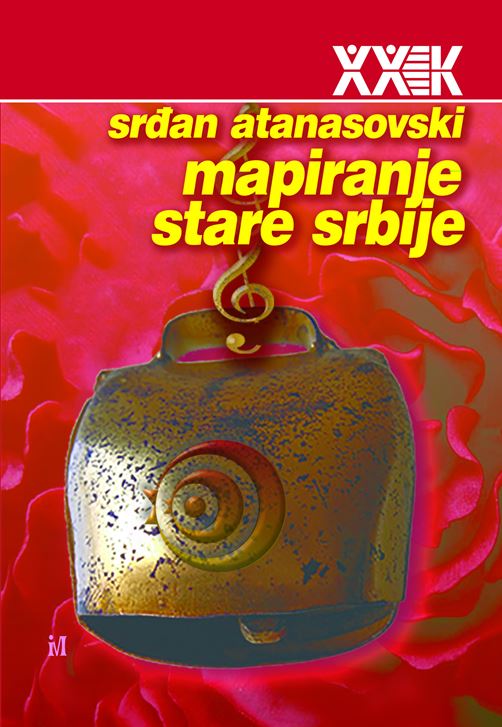Srđan Atanasovski, Mapping Old Serbia: 
Following in the footsteps of the travel writers through folk poetry.
Published by Biblioteka XX vek in cooperation with the SANU Musicological Institute
First edition: September 2017
218 pages
Price: 700 dinars
Srđan Atanasovski (b. 1983) is a researcher at theMusicologicalInstituteoftheSerbianAcedemyof Sciences and Arts. Since 2016 he has taught in the SIT Western Balkans programme in Peace and Conflict Studies. He has worked on two international projects, Figuring Out the Enemy (IFDT, Belgrade) andCity Sonic Ecology – Urban Soundscapes of Bern, Ljubljana and Belgrade (University of Bern). He has been awarded the fellowship of the Austrian Agency for International Cooperation in Science and Education for doctoral and postdoctoral studies. The book Mapping Old Serbia is an adaptation of his doctoral thesis (supervised by TatjanaMarković) “Musical practices and the production of national territory” which Atanasovski defended at the Faculty of Musical Arts of the University of Belgrade in 2015.
The ideas of Old Serbia and Macedonia are grounded in the shaping of Serbian nationalism at the end of the long 19th century, and in that sense imply both the generation of national sentiment and the articulation of the goal of territorial expansion of the Serbian state. This idea fundamentally shaped the character of Serbian nationalism in the period of imperialism, which was formulated in irredentist and militarist terms, and which resulted in the Balkan Wars. Nearly all other social issues which were prominent in the Kingdom of Serbia, like issues of national culture, were subordinated to this idea. This process was meaningful for the field of music and contemporary Serbian musicology, because some of the musical works that formed a partof the discourse on Old Serbia and Macedonia, like Stevan Mokranjac’s XV Garland, have taken basic positions in the Serbian musical canon and have been considered for more than a century as the greatest accomplishments in Serbian music of the period. (from the Introduction)



